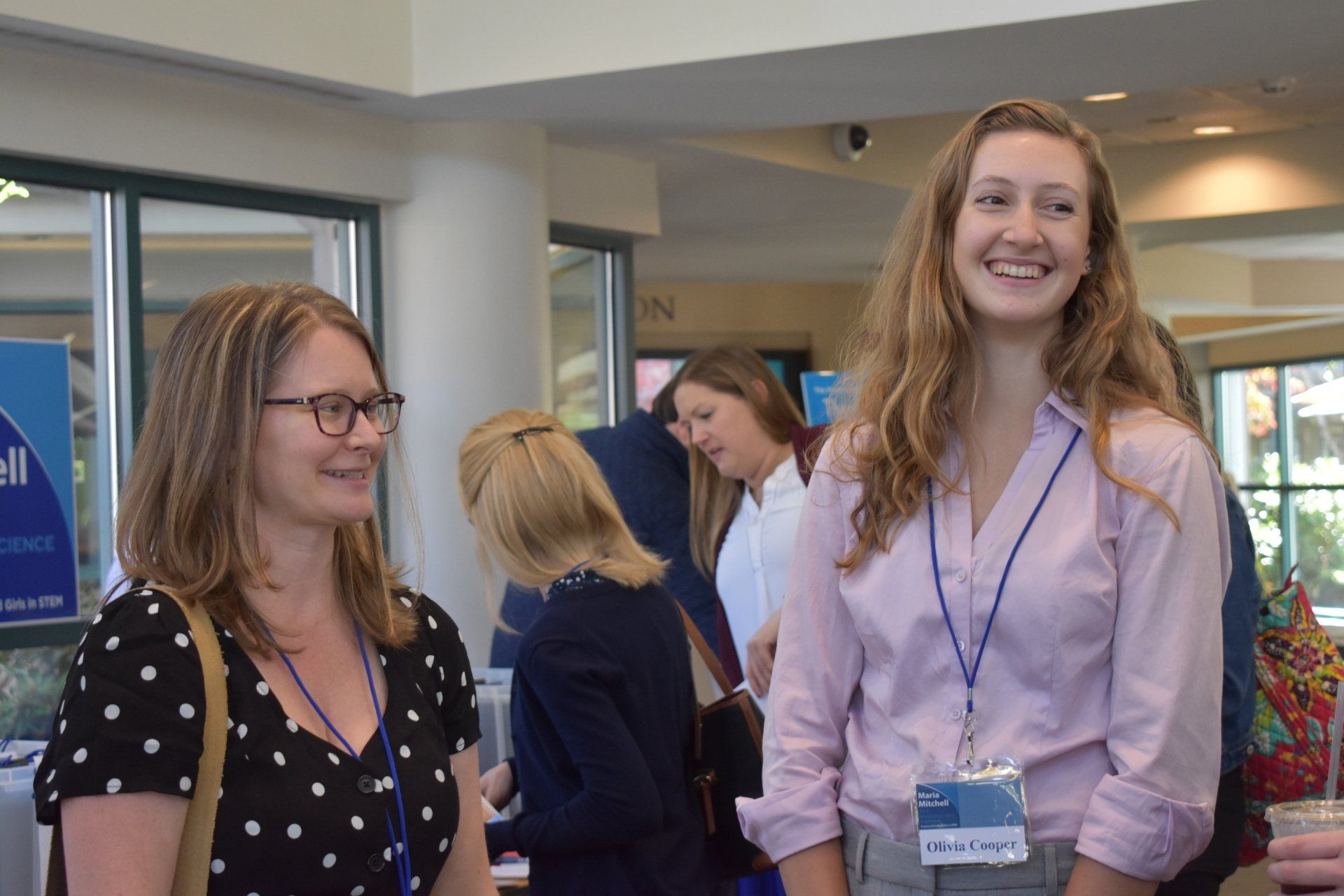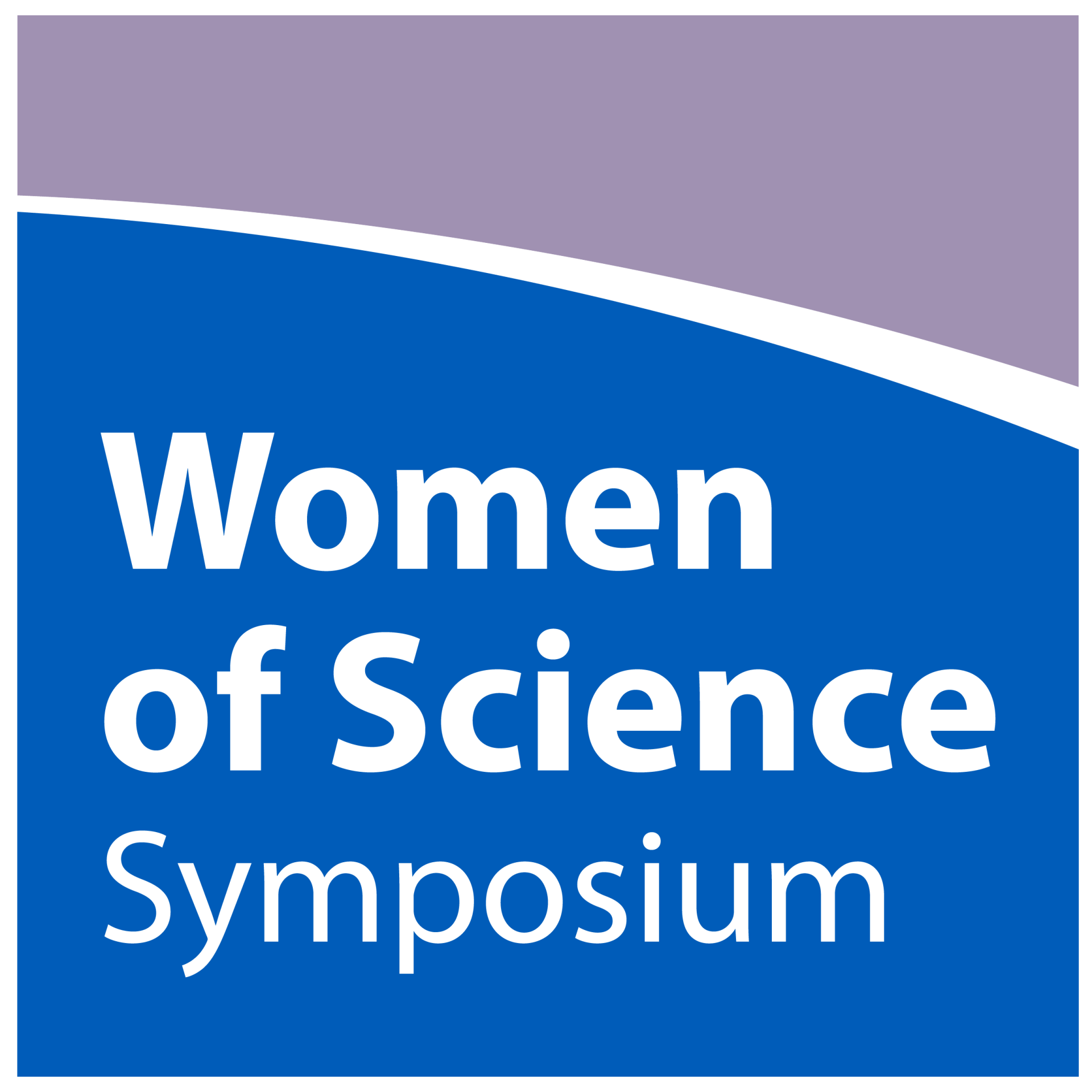“Science Needs Women”
The Maria Mitchell (Virtual) Women of Science Symposium October 2, 2020 1-4PM
In my younger days when I was pained by half educated, loose and inaccurate ways which we all had, I used to say, ‘How much women need exact science.’ But since I have known some workers in science who were not always true to the teaching of nature, who have loved self more than science, I have said, ‘How much science needs women.’ – Maria Mitchell
In 2018, in part to honor Maria Mitchell’s 200 th birthday’s anniversary, the Nantucket Maria Mitchell Association hosted its first Maria Mitchell Women of Science Symposium in Wellesley, Massachusetts. It was a fabulous success with a sold out crowd – and a wait list. We welcomed women and men from around the country and at all levels of their STEM path – from undergraduates to early and mid-career to late-career and retirees. All were active in STEM whether it be as a mathematician, a professor, a middle school teacher, an engineer, or an undergraduate student – all came together to discuss the place of and difficulties for women in STEM. We heard from women leaders in STEM at all stages of their careers and met in small salon discussion groups to developed real-word solutions to bring back to our places of work and education. It was an exhilarating and rewarding experience and one that was incredibly well-received.
While we had intended to meet for a two-day event again this year, the COVID-19/Coronavirus Pandemic brought that plan to a halt (And, we all need to be safe and cautious so it’s a good halt!). Happily, we were able to create a mini-online version which we will be hosting on October 2 from 1-4PM. It is FREE but registration is required at www.mmwiss.org . While it will be different, not meeting and working together in-person, we hope this will give people an idea of what the MMWSS is all about. Our focus for this shortened event will be on diversity, inclusion, and intersectionality with a keynote and one panel discussion. More information about these incredible women in STEM who will be joining us can be found at the MMWSS website – where you can also register to join us and what is already well over 200 attendees!
I’d like to share with you two anonymous testimonials from two undergraduate women in STEM who joined us at the first MMWSS in 2018 – they are in the early stages of their STEM path and their words give you a sense of what everyone in attendance was feeling and what they gained:
The Maria Mitchell Women of Science Symposium (MMWSS) was an incredible, empowering experience . . . . during the salons I had the opportunity to interact with the symposium attendees on a more intimate level and discuss these issues in detail. The salons were the highlight of the entire event for me; this unique format allowed me to learn about the specific experiences of other women in STEM and brainstorm ideas for solutions to problems. It was also very empowering for me, a young graduate student, to be able to contribute to discussions in this small group setting and have my input valued by the other, more senior members of the group. This symposium provided me with a wonderful opportunity to network with female mentors and also to be a mentor to younger, undergraduate students.
Attending the Maria Mitchell Women of Science Symposium was a truly transformative experience for me. To be in a space filled with women and allies for women in the STEM field was honestly overwhelming at first. As an undergraduate, I am a beginner and I used to think that I needed to have more experience or education before I could help facilitate change within the STEM community. After being a part of this conference, I am now in touch with my personal power and I was shown that advocates need to be at every level. I no longer feel the need to wait to start doing outreach, and I have already started working with a science teacher (remotely).
Many of 2018’s attendees, speakers, and panelists will be with us in attendance so we hope you can join us for this important and ongoing conversation as we make sure we support and find ways to bring everyone to the STEM table!
JNLF
Recent Posts






